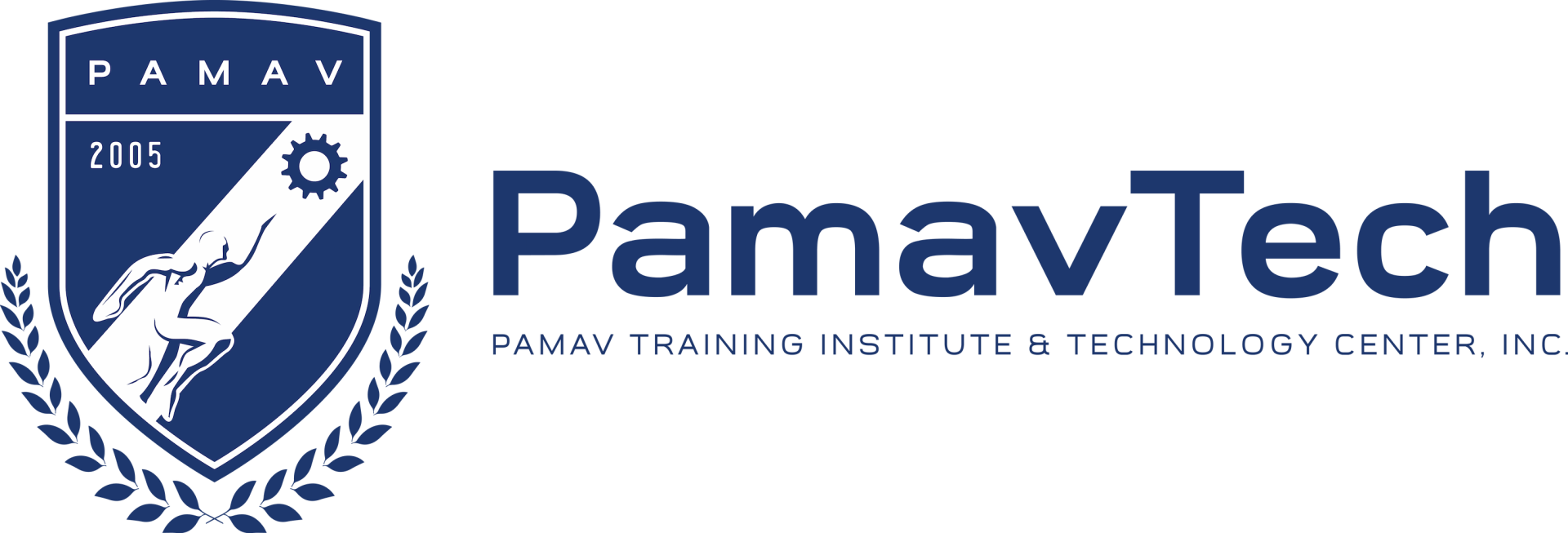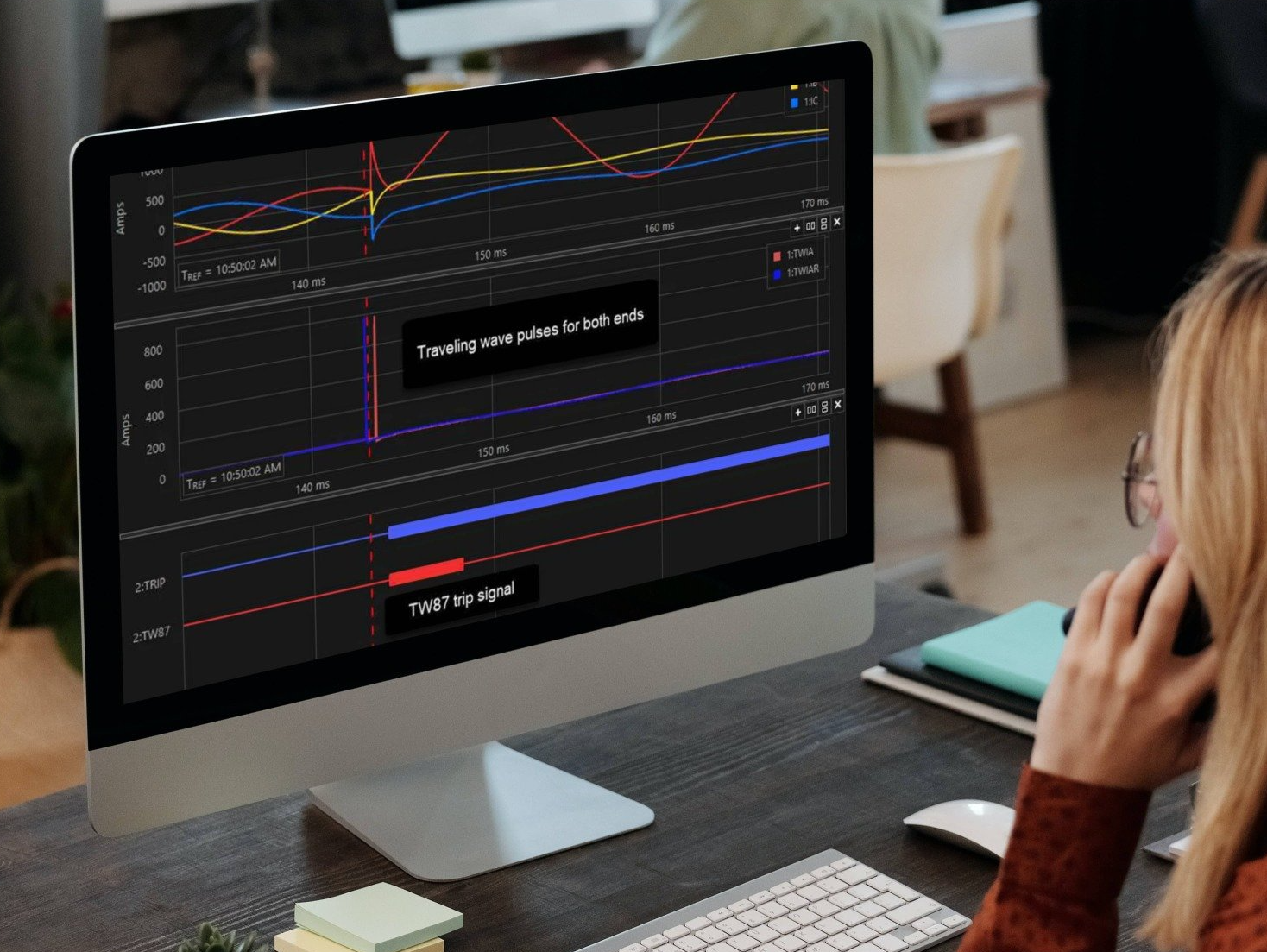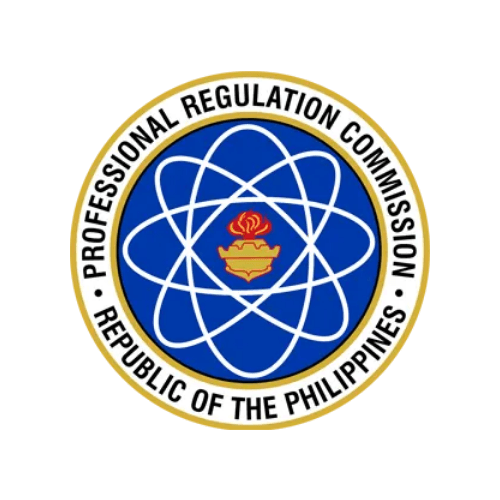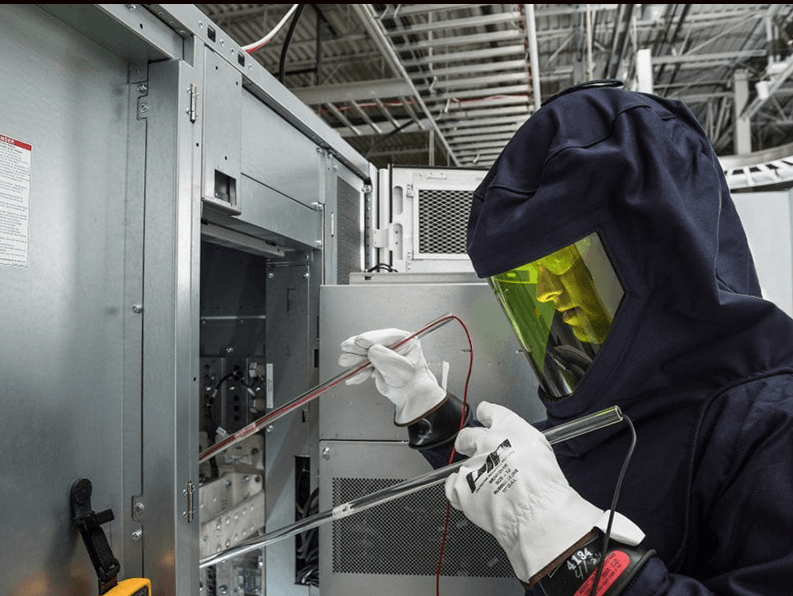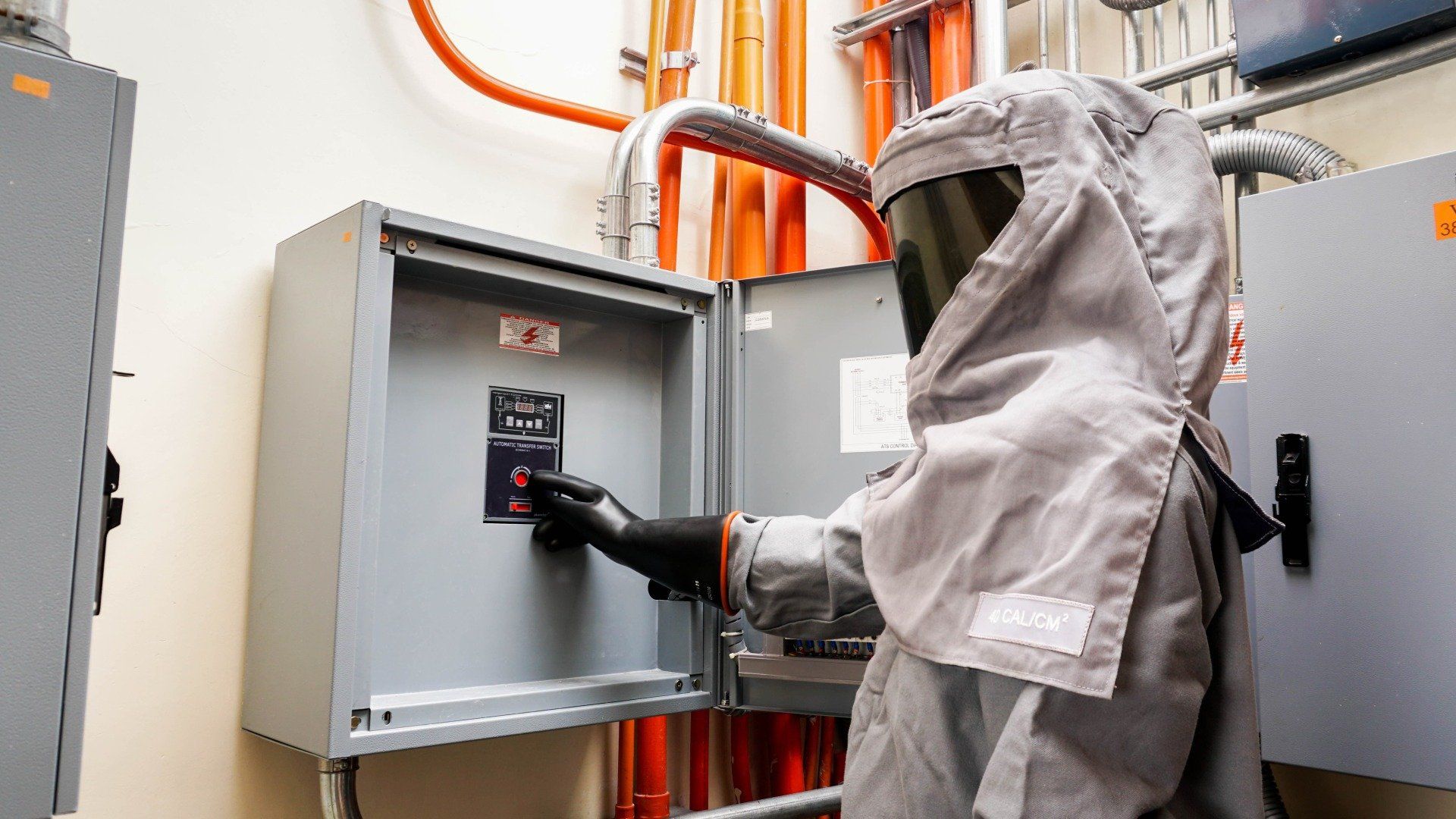Technical Programs
Distance Protection
In the first session of the program, we will discuss the basic measurement principle and construction of the distance protection. Distance protection is a complex protection and basic understanding of the protection makes the user extremely comfortable in working with this complex protection. This 2- hour webinar provides a good insight on the construction of the distance protection and some basic application criteria. This webinar will enable the protection engineers to feel extremely comfortable with the complex protection. Understanding the complexity of the protection increases system reliability and increases the productivity of the test engineers.
In the second 2-hour session we will concentrate mainly of testing and protection evaluation aspect. The meaningful testing of the complex digital protection will be discussed using the commercially available power system simulators. Use of ComTrade data in protection evaluation will be discussed in detail.
What you will learn from this program:
Understand the basic principle of distance protection and simple application criteria
Enable protection engineers to choose the most appropriate pilot scheme protection
Improve the understanding of complex protection make them feel comfortable to work with complex digital protection
How to effectively test the complex digital protection easily and in a simple meaningful way
This program is for:
Top Courses
Electrical System Protection Coordination
Power System Analysis are an essential part of electrical power system design. Load flow analysis, short circuit analysis, and protection coordination are necessary to verify that the electrical system including the system components, are correctly specified to perform as intended, withstand expected stress, and be protected against failures.
Electrical Safety in the Workplace for Mission Critical Facilities
This program will discuss the Electrical Safety-related work practices necessary to prevent workplace accidents. The program involves topics on preservation and protection of both the workers and the physical assets in the workplace hence, promoting a safe and healthy environment.
Arc Flash Risk Assessment
Proper implementation of Arc Flash Risk Assessment can significantly reduce injuries from Arc Flash and Arc blast events.
